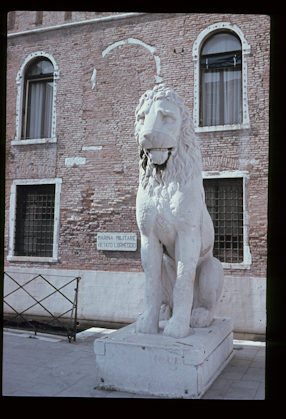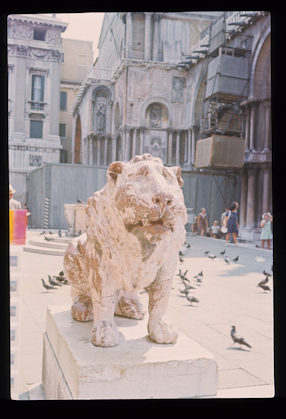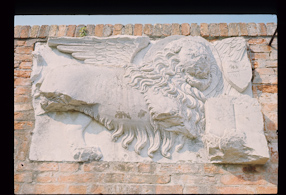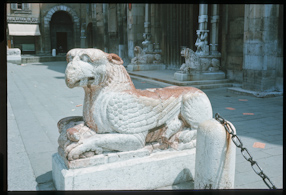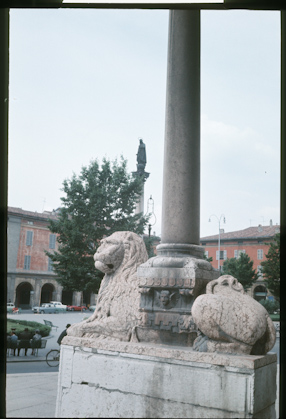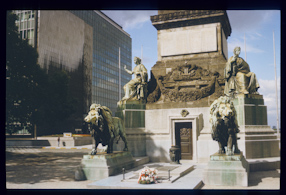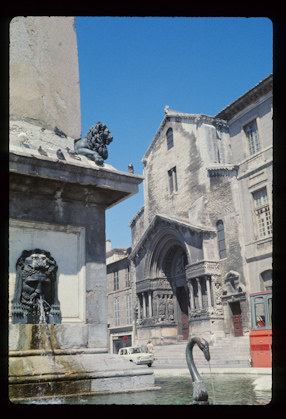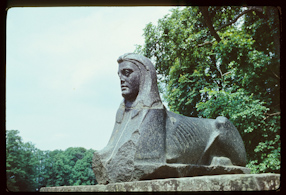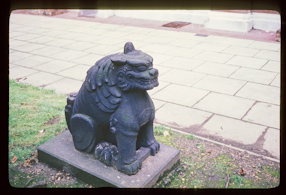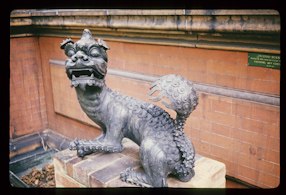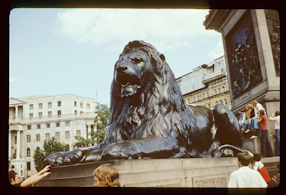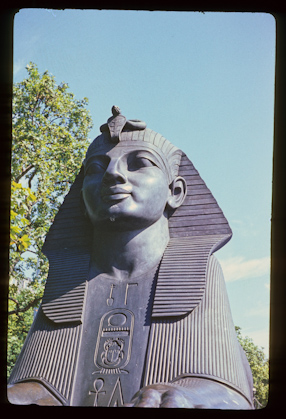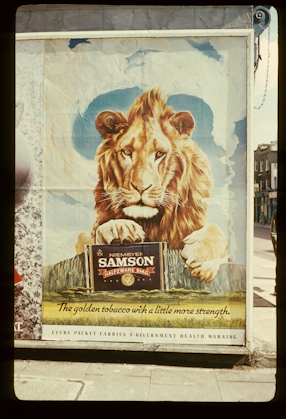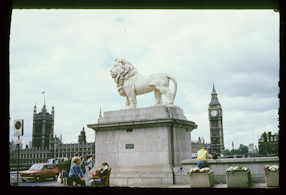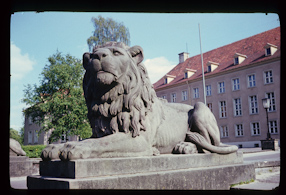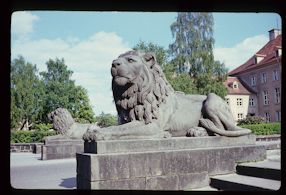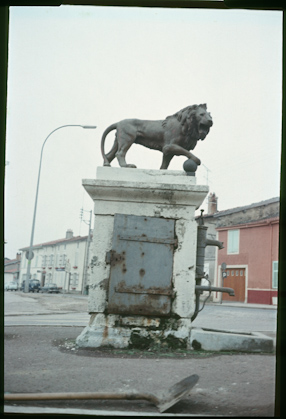Lions (1-50/110)
The following set is an ideal example of a cargo effect spied upon by Władysław Hasior, i.e. the migration of a form from one cultural area to another but with a change of the context of meaning. The original aristocracy in symbols in their new version becomes a reverse of an original meaning and reinforces class pride of liberating and empowering society of urbanised Poland of the 70s. Hasior himself - in "Nowa Wieś" ["New Village"] - thus writes about it: "A lion, appearing so often in plebeian art, is in it a motif spied upon, a reflection of great, official tradition. From the primeval ages it is deemed to be a regal animal, an expression of dignity, predatoriness and strength. It also symbolised - in particular, in the early Middle Ages - demonic powers; [...].Then human imagination added wings to it in order to underline more clearly - in the form of a griffin, basilisk or dragon - its amazing character, contrary to man and nature. However, in the monumental sculpture it is presented first of all pathetically, demonstratively, monumentally. Its image decorates plinths of the proudest obelisks; the king puts his foot on the back of the lion in a gesture that symbolises that all powers are subject to him. Therefore the monuments in which the lion is the most important element can be met firstly on central metropolitan squares of the states involved previously in colonial politics. These official lions demonstrate a hidden force and predatoriness of countries, they are proud and powerful [...]. Interestingly, there are no monuments of a lion in Africa, its homeland... [...] Man strives to support well-being, fit stilts to his poor existence, get stronger even by animal virtues. The lion, king of animals, becomes an increasingly native pattern and symbol of such virtues, however, too easily, sometimes even primitively accepted. We see how stunted and skewed lions decorate garden plinths and entrances to farms. This is a legend pulled down, pauperised, barbarised. [...] In our communal landscape the lion is to express ideas that were not accomplished on a day-to-day basis. Longing enclosed in such an aesthetic shape, in view of slender performance capabilities, causes that the king of animals is terribly ridiculed. It is no longer dangerous but rather sadly gentle and desperately lyric. It howls towards the moon, resembles a little cat with eyes shining in darkness. A caricatured might looks exceptionally piteously".
The set includes "Notatniki" ["Notebooks"]: "Lwy" ["Lions"] (045, 335).
Bibliography:
W. Hasior, Duma królewska i powiatowa [Royal and Poviat Pride], developed by P. Kwiatkowski, "Nowa Wieś" ["New Village"] 1986, No. 24, pp. 13-14.



